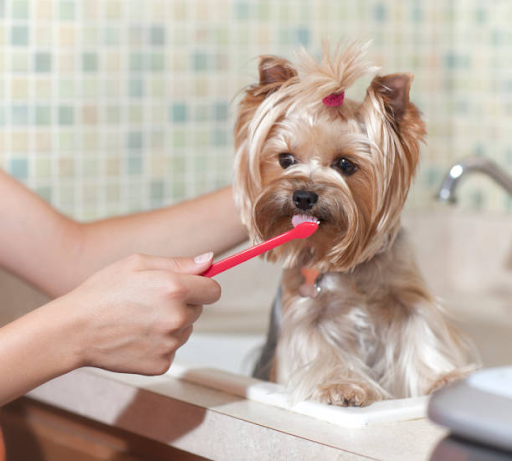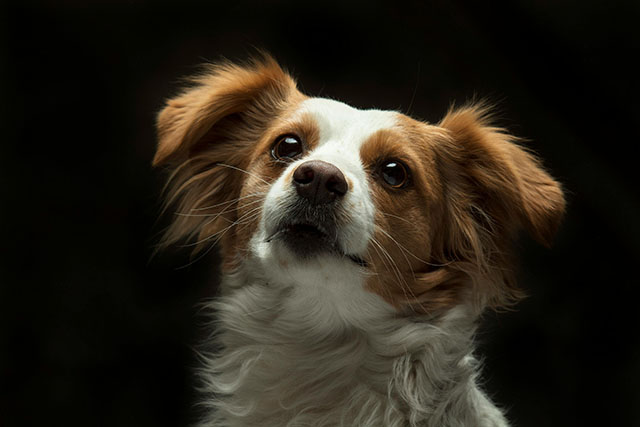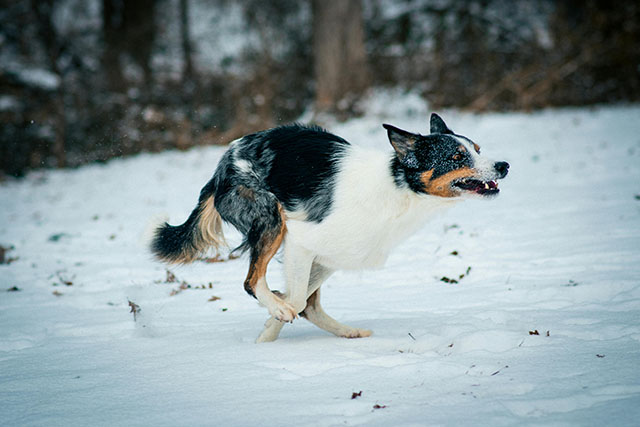As a fur parent of one or more four-legged family members, you understand how important it is to maintain your dog’s hygiene.
Proper grooming habits can help keep your pup healthy, happy, and looking their best. That’s why we have created the ultimate guide to maintaining your dog’s hygiene and stopping bad smells in their tracks!
From understanding which products can make all the difference to teaching them good grooming habits, this guide has covered you if you are looking for creative ways to tackle pet odors and practical tips on keeping them clean, fresh, and content.
Why is Dog Hygiene Important?
Dog hygiene is not just about making your pet look and smell good; it’s a key component of their overall health and well-being. Here’s why it matters:
- Preventing Infections: Regular grooming and cleaning can help prevent skin infections and irritations that plague your furry friend.
- Reducing Allergies: Clean dogs are less likely to trigger allergies in their owners, making cohabitation more comfortable for everyone.
- Controlling Odors: Regular baths and grooming help control the odors that can accumulate on your dog’s coat, making your home more pleasant.
- Maintaining Skin and Coat Health: Maintaining proper hygiene is crucial for keeping your dog’s skin and coat in excellent condition. This helps reduce shedding and prevents matting. For optimal results, consider using the BioSilk for Dogs Silk Therapy Conditioner with Natural Coconut Oil.
This high-quality pet conditioner, available in a convenient 6-pack, is specially formulated to nourish and enhance your dog’s fur. - Detecting Health Issues: While grooming, you may notice lumps, bumps, or other irregularities that could be early signs of health problems. Timely detection can be life-saving.
How Do I Keep My Dog Clean and Fresh?
Now that we understand the importance of dog hygiene let’s explore some practical tips to keep your furry friend clean and fresh:
- Regular Bathing: The frequency of baths depends on your dog’s breed and lifestyle. Generally, bathing every 2 to 3 months is sufficient for most dogs. Use a dog-specific shampoo to avoid skin irritation.
- Brushing: Regular brushing helps remove loose fur, dirt, and debris, keeping your dog’s coat clean and reducing shedding. Long-haired breeds may require daily brushing, while short-haired dogs can get by with weekly sessions.
- Oral Care: Ensure your furry friend’s dental health doesn’t go unnoticed. Make it a habit to regularly brush their teeth using toothbrush and toothpaste specifically designed for dogs. This simple practice helps prevent dental problems and keeps their breath fresh. For an effective solution, consider trying PetLab Co. Dog Dental Formula, which not only targets tartar but also supports gum health.
This innovative dog water additive will keep your canine companion’s teeth clean and their breath odor-free. - Ear Cleaning: Check and clean your dog’s ears regularly, especially if they have floppy ears. Use a gentle ear cleaner and cotton balls to remove dirt and prevent infections.
- Eye Care: Keep an eye out for tear stains or eye discharge. Use a damp cloth to gently clean the area around your dog’s eyes.
- Nail Trimming: Trim your dog’s nails every few weeks to prevent them from becoming too long and causing discomfort or injury.
What Basic Hygiene Practices to Be Followed When You Are Around Animals?
When you’re around animals, including your dog, it’s essential to follow some basic hygiene practices to protect both you and your pet:
- Hand Washing: Always wash your hands with soap and water after handling your dog, especially before eating or preparing food. Dogs may carry germs and bacteria on their fur or paws.
- Waste Disposal: Properly dispose of your dog’s waste in designated bins or bags. This helps prevent the spread of diseases and keeps the environment clean.
- Avoid Face Contact: While giving your furry friend a smooch is tempting, try to avoid direct face contact, especially after your dog has been outdoors or around other animals.
- Regular Vet Visits: Keep up with your dog’s vaccinations and wellness checks. This ensures your dog’s health and minimizes the risk of zoonotic diseases that can be transmitted from animals to humans.
- Flea and Tick Prevention: To safeguard your pet and yourself from diseases carried by parasites, it is crucial to follow your veterinarian’s advice on using flea and tick prevention products. One such product is the Bio-Groom Flea & Tick Dog Shampoo.
Made in the USA and cruelty-free, this natural tick repellent, enriched with protein-lanolin, ensures optimal protection for your dog. It comes in a convenient 2.5-gallon size, providing an effective solution for cat flea treatment as well.
What Are 5 Good Hygiene Practices You Should Follow? Do’s and Don’ts with Your Dog
To maintain your dog’s hygiene effectively, here are five key practices to follow, along with some do’s and don’ts when interacting with your furry companion:
Do’s:
- Regular Grooming: Groom your dog according to their specific needs. Brush their coats, clean their ears and eyes, and trim their nails.
- Proper Nutrition: Feed your dog a balanced diet that supports their skin and coat health. Consult your vet for dietary recommendations.
- Provide Clean Water: Ensure your dog has access to fresh, clean water. Hydration is essential for overall health and helps maintain healthy skin.
- Regular Exercise: Exercise helps improve blood circulation, contributing to a healthy coat. Daily walks and playtime are crucial.
- Positive Reinforcement: Use positive reinforcement during grooming and hygiene routines to create a pleasant experience for your dog.
Don’ts:
- Over-bathing: Avoid over-bathing your dog, as it can strip their skin of natural oils, leading to dryness and irritation. Follow a suitable bathing schedule.
- Using Human Products: Never use human shampoos or products on your dog, as they can be harsh on their skin and lead to allergies or skin issues.
- Neglecting Dental Care: Don’t underestimate the importance of dental hygiene. Neglecting it can lead to serious health problems for your dog.
- Skipping Vet Visits: Regular check-ups are essential. Don’t skip these appointments, even if your dog seems healthy, as early detection of health issues is critical.
- Ignoring Behavioral Changes: If your dog exhibits unusual behavior, such as excessive itching, licking, or a change in appetite, don’t ignore it. These could be signs of underlying health problems.
How Often to Wash a Dog? Do Dogs Feel Better After a Bath?
The frequency of dog baths depends on several factors, including breed, activity level, and coat type. Here’s a general guideline:
- Short-Haired Breeds: Dogs with short hair may only need a bath every 2-3 months or as needed if they get dirty.
- Medium-Haired Breeds: Dogs with medium-length fur may benefit from a bath every 4-6 weeks.
- Long-Haired Breeds: Long-haired breeds typically require more frequent baths every 4-8 weeks to prevent matting and tangling.
- Active Dogs: Dogs that spend much time outdoors or get dirty frequently may need more frequent baths.
- Skin Conditions: If your dog has a specific skin condition or medical need, your vet may recommend a specific bathing schedule.
As for how dogs feel after a bath, it varies from dog to dog. Some dogs may enjoy being clean and fresh, while others might not be thrilled about the experience. However, most dogs feel more comfortable and less itchy after a bath, especially if dirt or allergens are on their coat.
Positive reinforcement and treats can help make bath time a more pleasant experience for your furry friend. Watch this video to get into detail about it.
Key Takeaway
Maintaining your dog’s hygiene is a crucial aspect of responsible pet ownership. Following the tips and practices outlined in this guide ensures that your four-legged companion stays clean, healthy, and happy. Remember that every dog is unique, so tailor your hygiene routine to your pet’s specific needs, and don’t forget to consult your veterinarian for personalized advice. Your dog
Jessica is a veterinary medicine student who is passionate about animals. Living with her cherished dog, Milo, deepens her understanding of the human-animal connection, enhancing her empathy as a future veterinarian.
Jessica’s concise articles reflect her dedication to improving the lives of animals and those who care for them, making her an inspiring figure in the pet care field.







